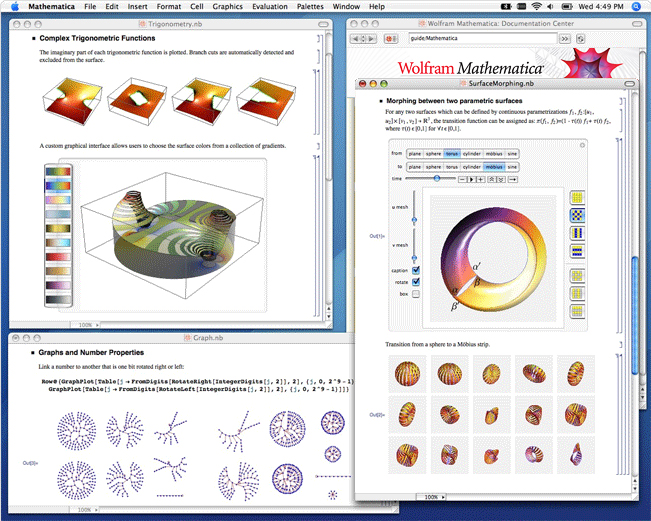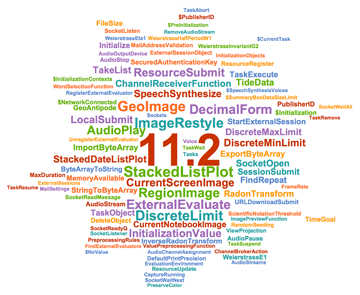

Gene prefixes such as those used for oncogenes or cellular localization should be shown in roman typeface (e.g., v-fes, c-MYC). It is sometimes advisable to indicate the synonyms for the gene the first time it appears in the text. Use the recommended name by consulting the appropriate genetic nomenclature database (e.g., HGNC for human genes we strongly recommend using this tool to check against previously approved names).
MATHEMATICA 7 RELEASE DATE FULL
After first mention, the first letter of the genus name followed by the full species name may be used (e.g., H. Write out in full the genus and species, both in the title of the manuscript and at the first mention of an organism in a paper. Provide the Recommended International Non-Proprietary Name (rINN). If you do not use these exclusively, provide the SI value in parentheses after each value. Use correct and established nomenclature wherever possible.

Avoid “hybrid” inline or display equations, in which part is text and part is MathType, or part is MathType and part is Equation Editor. Equations should not contain a mix of different equation tools. Rather, ensure that the entire equation is included. If this is not possible, Equation Editor or Microsoft's Insert→Equation function is acceptable.Īvoid using MathType, Equation Editor, or the Insert→Equation function to insert single variables (e.g., “a² + b² = c²”), Greek or other symbols (e.g., β, Δ, or ′ ), or mathematical operators (e.g., x, ≥, or ±) in running text. Wherever possible, insert single symbols as normal text with the correct Unicode (hex) values.ĭo not use MathType, Equation Editor, or the Insert→Equation function for only a portion of an equation. We recommend using MathType for display and inline equations, as it will provide the most reliable outcome. See reference formatting examples and additional instructions below. PLOS uses “Vancouver” style, as outlined in the ICMJE sample references. Read the supporting information guidelines.ĭefine abbreviations upon first appearance in the text.ĭo not use non-standard abbreviations unless they appear at least three times in the text. You may submit translations of the manuscript or abstract as supporting information. Manuscripts must be submitted in English. Use continuous line numbers (do not restart the numbering on each page).įootnotes are not permitted. If your manuscript contains footnotes, move the information into the main text or the reference list, depending on the content. Include page numbers and line numbers in the manuscript file. Limit manuscript sections and sub-sections to 3 heading levels. Make sure heading levels are clearly indicated in the manuscript text. To add symbols to the manuscript, use the Insert → Symbol function in your word processor or paste in the appropriate Unicode character. Use a standard font size and any standard font, except for the font named “Symbol”. We encourage you to present and discuss your findings concisely. Manuscripts can be any length. There are no restrictions on word count, number of figures, or amount of supporting information. LaTeX manuscripts must be submitted as PDFs. Microsoft Word documents should not be locked or protected. Manuscript files can be in the following formats: DOC, DOCX, or RTF. Methods, software, databases, and tools.



 0 kommentar(er)
0 kommentar(er)
